Exploring the Legacy of London’s Historic Gasholders
The towering metal structures stand against the skyline, reminiscent of the remnants of giant rusted spacecraft.
“Many refer to it as a gasholder graveyard,” remarks Simon Lewis, as he looks up at the seven impressive units. He is leading the initiative to integrate the gasholders at Bromley-by-Bow into a residential project by St William, a segment of the Berkeley Group. This set is among approximately 20 still visible in the city, out of the hundreds that once served a vital purpose in London.
One of the most recognized gasholders is the monumental structure near the Oval cricket ground, an iconic landmark that has sparked conversations among cricket fans for years, carrying a nostalgic charm that endears it to locals.
Similar to the Bow gasholders, the Oval structure has outlived its original purpose but will see its historical frame preserved within a new development. “They enhance the sense of place,” Lewis shares. “People appreciate the character, history, and authenticity they represent, reflecting the industrial heritage of these gasholders.”
The first gasholders appeared in the early 1800s as a practical solution to the challenge of storing gas produced at night by coal-fired gasworks. These structures functioned by allowing unused gas to fill an underground tank which then caused the crown of the cylinder to rise, secured by an intricate system of frames and wheels.
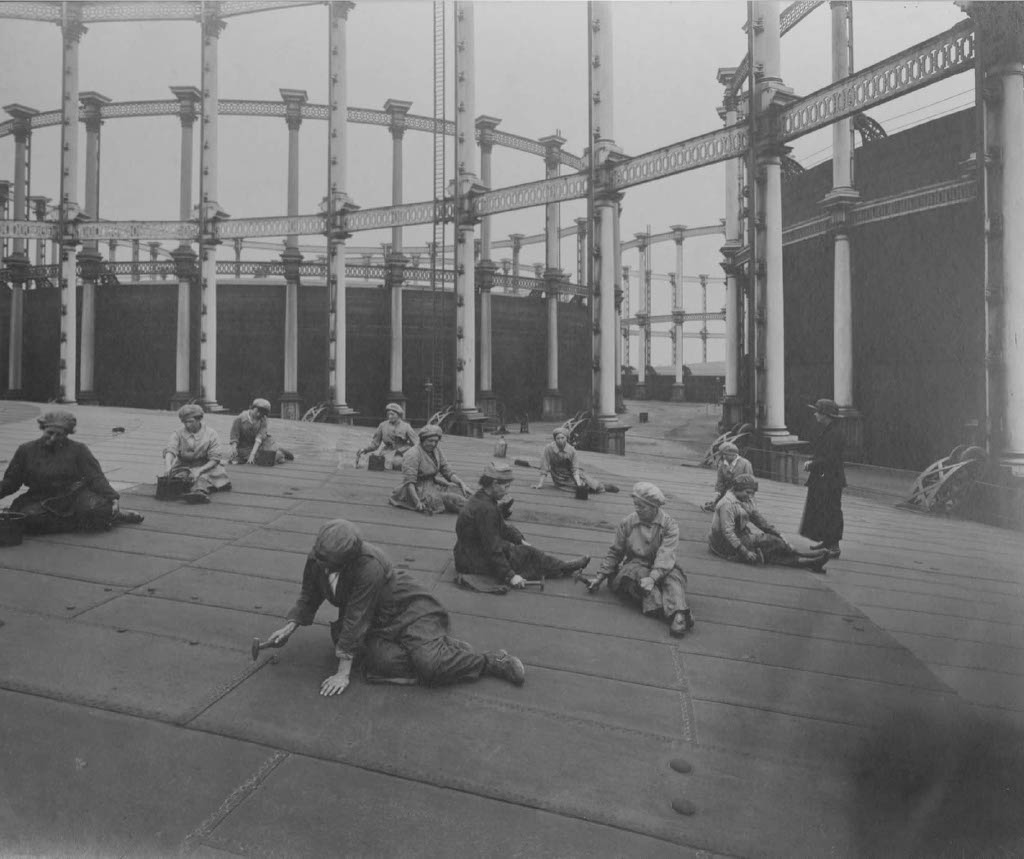
“The gasholder acted as a buffer that would fill when demand decreased, and subsequently release gas over the next 24 hours to fulfill consumer needs,” explains Russell Thomas, an environmental consultant at WSP and one of the authors of Gasholders: A History In Pictures for English Heritage. “The oldest gasholder in London can be found in Fulham at Imperial Wharf, dating back to around 1830. It was the world’s largest at the time but pales compared to the Bow structures in size.”
The seven gasholders at Bow were erected in the 1870s, initially designed as a set of nine; two were destroyed during the Blitz. A dark pond currently marks the site of one of these lost structures. Not only the Luftwaffe targeted the gasholders; a failed IRA attack occurred in 1980 as well.
From a closer perspective, the structures are strikingly beautiful, characterized not only by their vast expanse but also by the ornate latticework ornamenting the horizontal girders—a fanciful yet graceful touch added by Victorian artisans. They symbolize the profound impact of the Industrial Revolution on society. These seven structures, the largest Victorian cluster globally, were listed in 1984 and are now at the heart of a complex two-decade development endeavor.
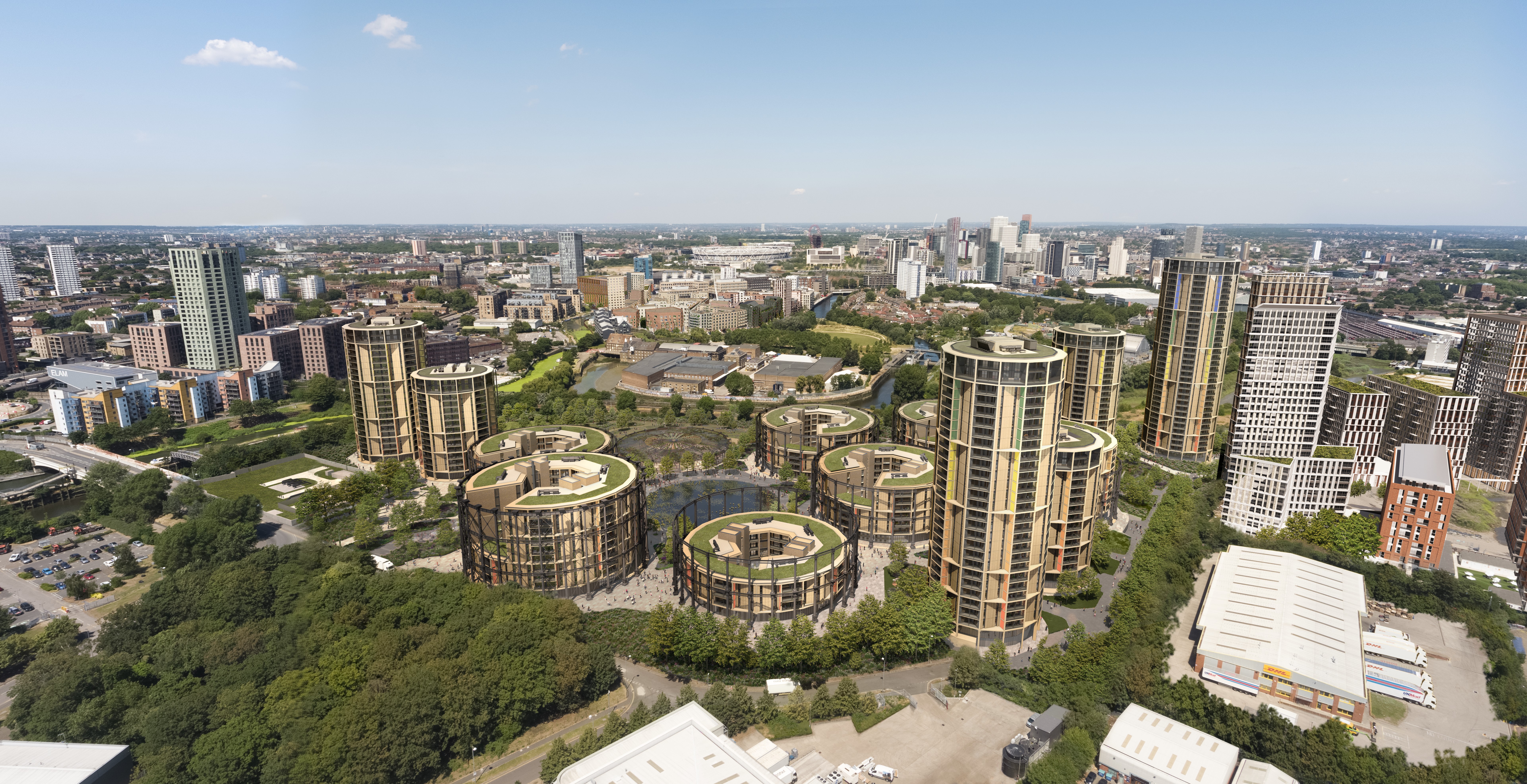
Similar to the adaptive reuse of gasholders at King’s Cross, the proposed “triplet” development by WilkinsonEyre will introduce circular apartment buildings within the seven historic frames. Enhancements will be made to the adjacent pond, and Lewis is particularly enthusiastic about relocating the underground metal truss from beneath No 4 to serve as a canopy for public gatherings. Alongside, six standard cylindrical towers will rise, resulting in more than 2,000 homes while guaranteeing that 70 percent of the 22 acres remains open space.
This renovation is a complicated and costly undertaking.
“Dismantling each gasholder will take about six months, followed by refurbishment and another six months for reconstruction,” Lewis explains, anticipating a cost of £71.2 million before any new structures are erected. The Berkeley Group has considerable experience in redeveloping gasholders—they are also involved with sites at Vauxhall and Imperial Wharf, as well as two at Bethnal Green. “Although those are not listed, we are preserving them,” notes Lewis. “Some question our commitment to saving them, but the majority recognize their significance.”
Unfortunately, not every gasholder can be preserved; significant examples at Battersea and Greenwich have already been lost, alongside many others. It is regrettable that London’s gasholders mainly convert into residential units, whereas in other parts of Europe, they find diverse new purposes as cinemas, arts venues, music halls, and even diving schools. Lewis once visited a gasholder in Amsterdam that serves as a focal point of a cultural district funded through public resources—something far less common in the UK.
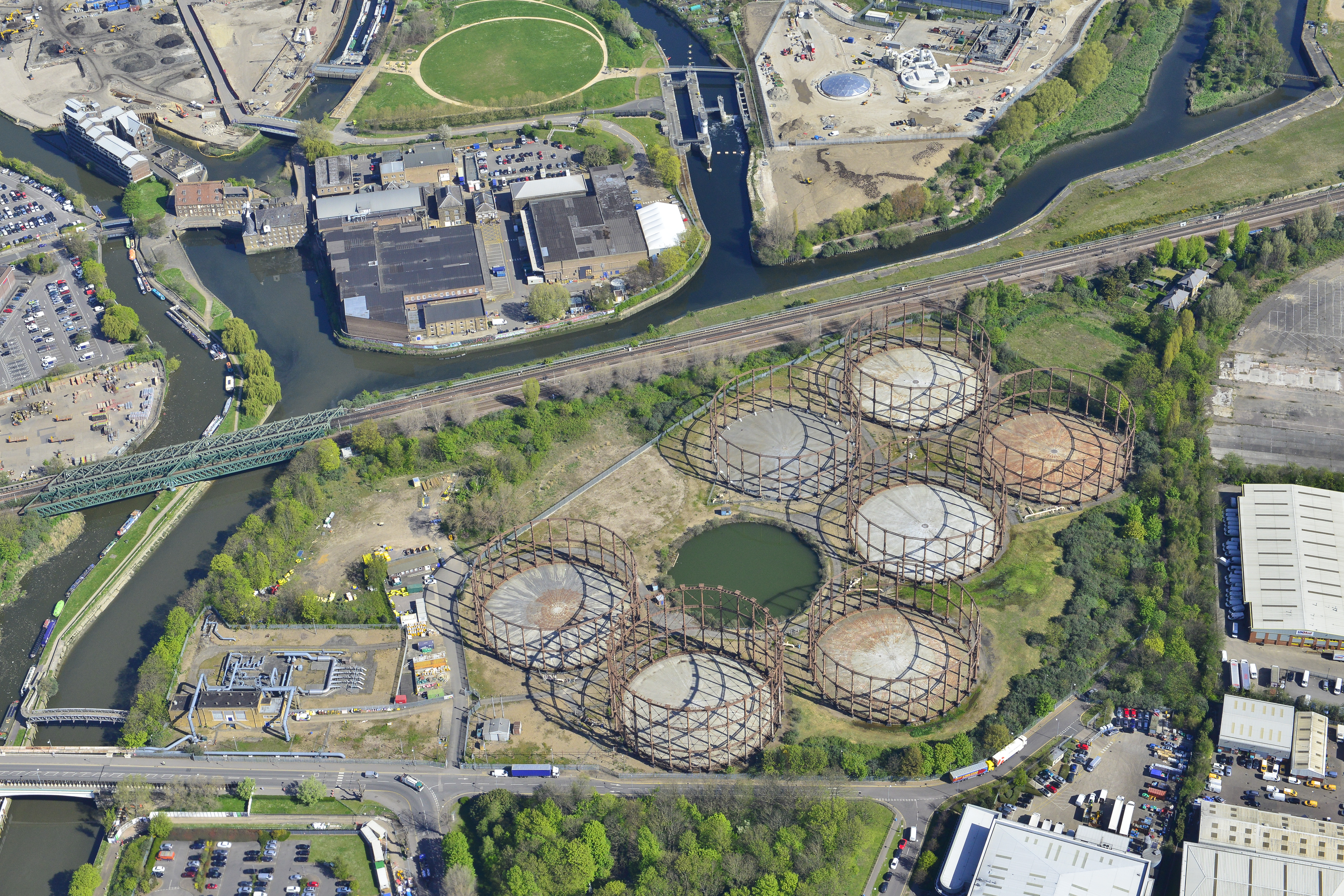
As it stands, the future for these locations lies in residential development, with architects RSHP introducing design variations to mimic the dynamic motion of the traditional gas cylinders, incorporating internal courtyards and strategically removing sections of walls. “This approach will enable residents to appreciate the frame more fully,” asserts Lewis, envisioning the development as a country park interwoven with industrial remnants. The gasholders attract large crowds during select open days and, once complete, will be more accessible to the public than ever, while ideally preserving a sense of their industrial grandeur.
“Even their architects wouldn’t have predicted their longevity,” reflects Russell Thomas.
“Yet, they represent a significant chapter in local history. Some of these structures have graced the landscape for nearly 200 years, surviving far longer than their intended lifespan thanks to the innovative engineering of the Victorians.”
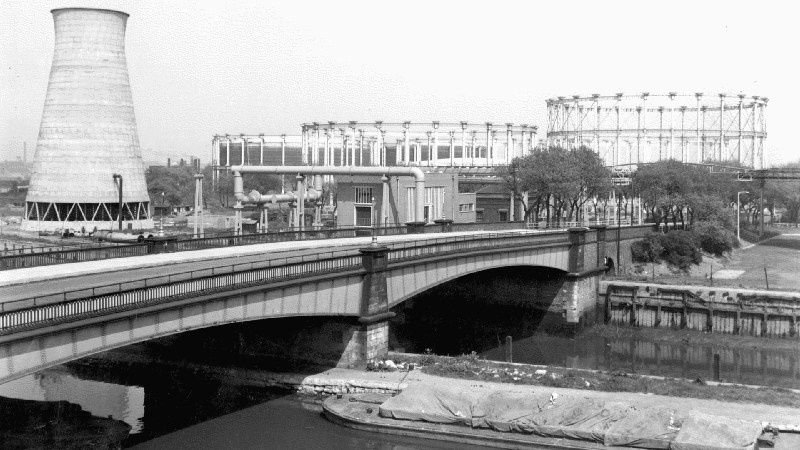
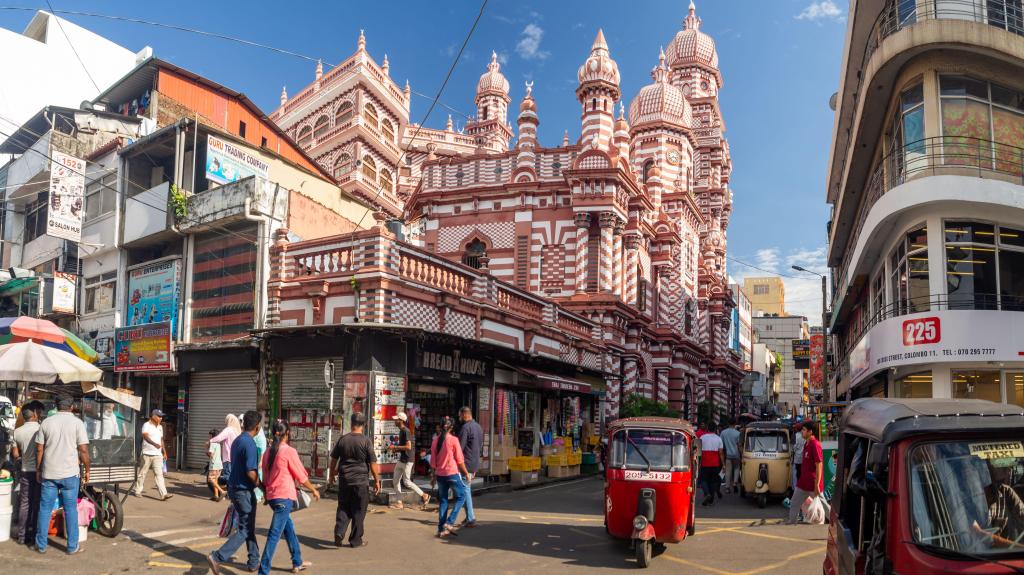
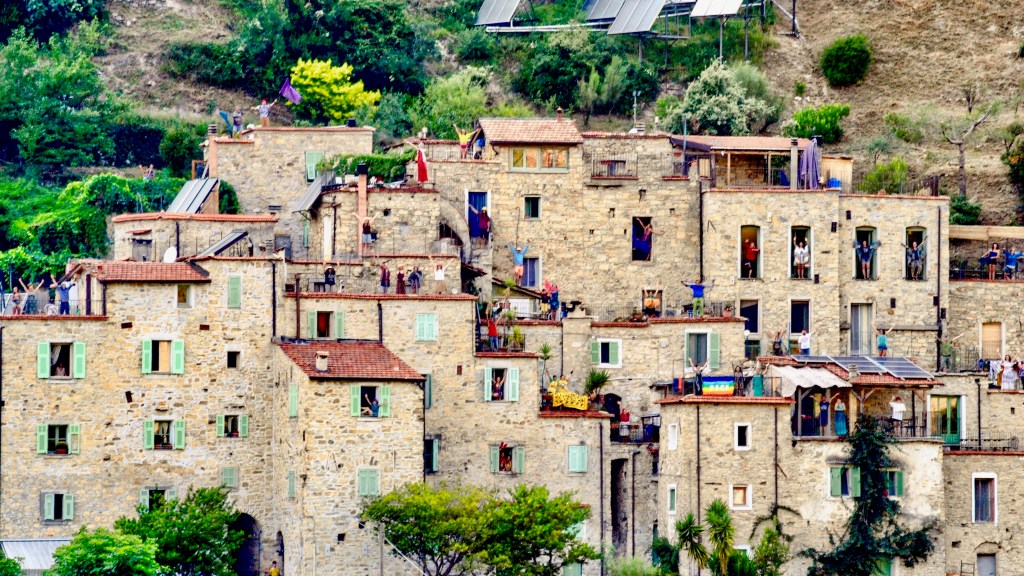

Post Comment